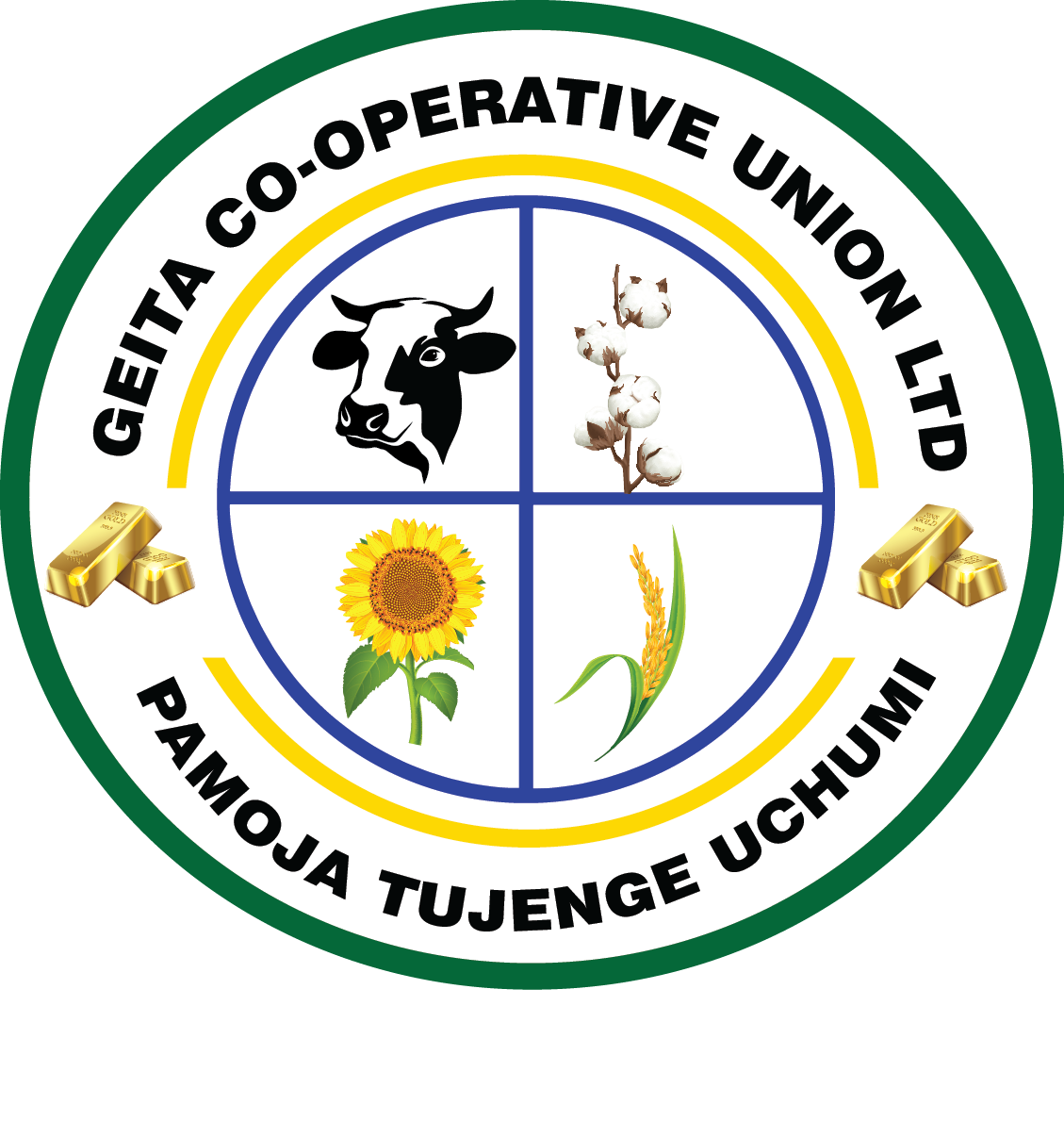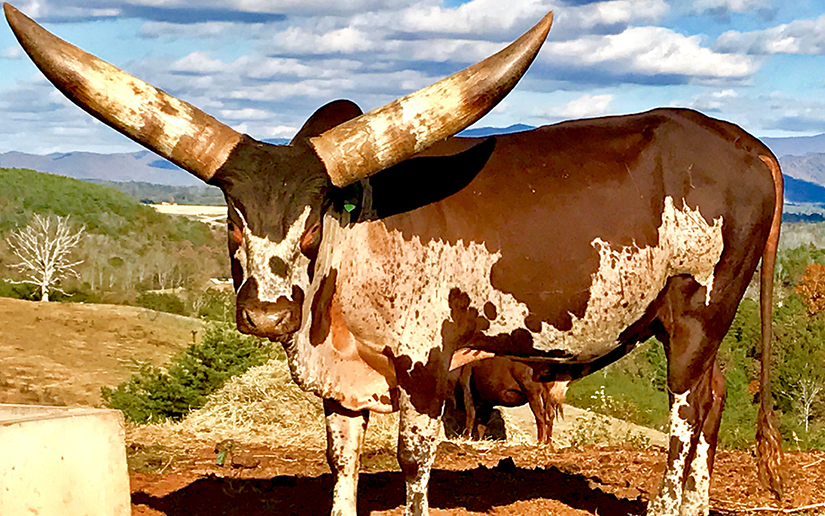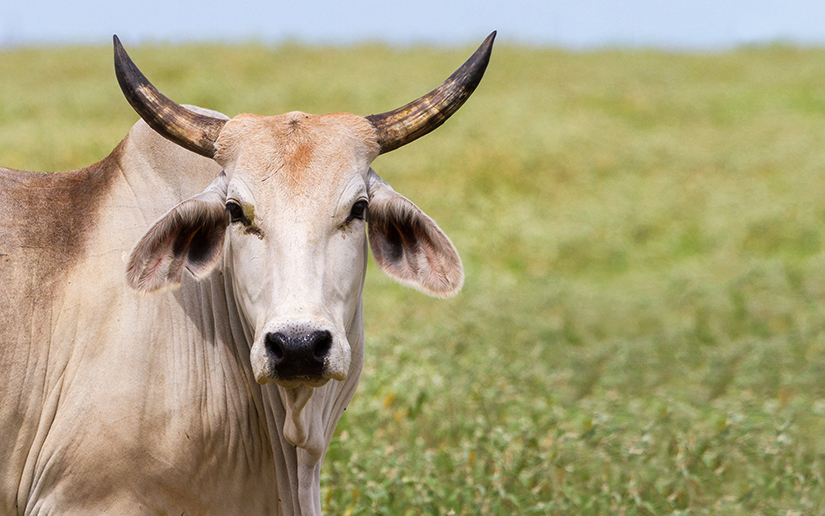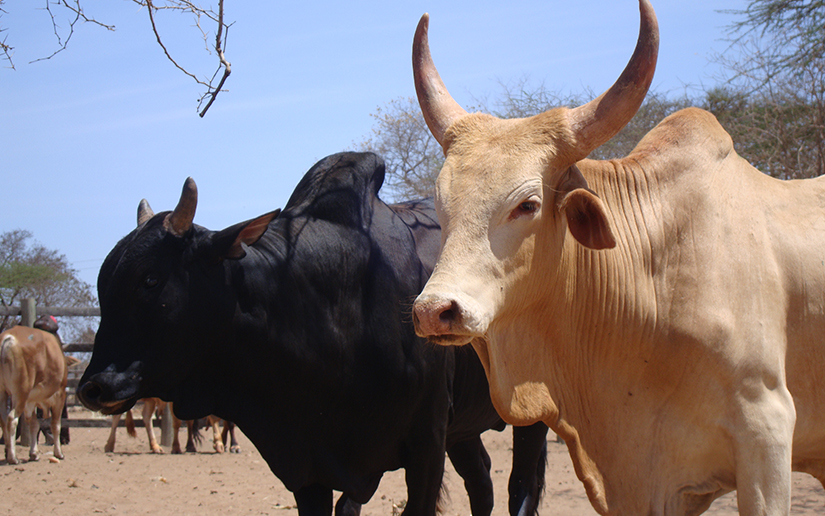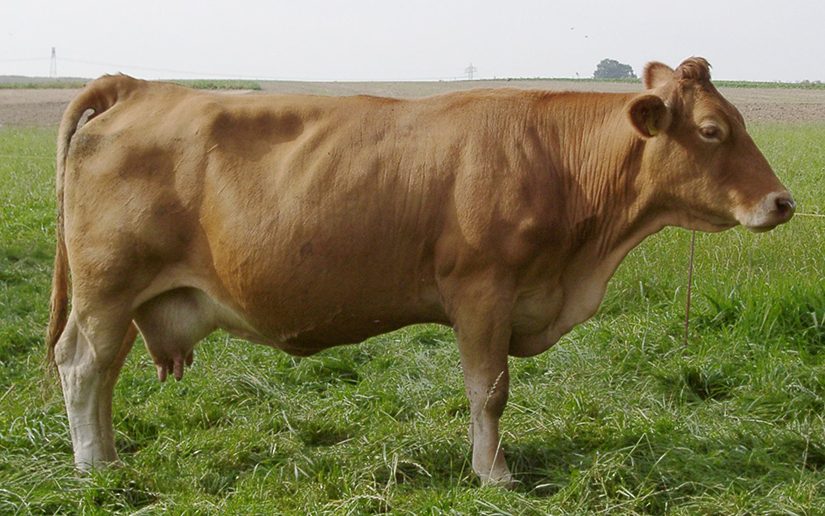Tanzania has the third largest livestock population on the African continent comprising 25 million cattle, 98% of which are indigenous breeds, complemented by 16.7 million goats, 8 million sheep, 2.4 million pigs, and 36 million chickens. Traditional breeds and processes dominate the Tanzania livestock sector. Tanzania Short Horn Zebu is the most widespread cattle breed in the nation
The overall goal of the GCU is to increase food and nutrition security and food safety, create employment opportunities and contribute to the national economy, social stability and sustainable enviroment.
CATTLE TYPES
Cattle keeping Processes
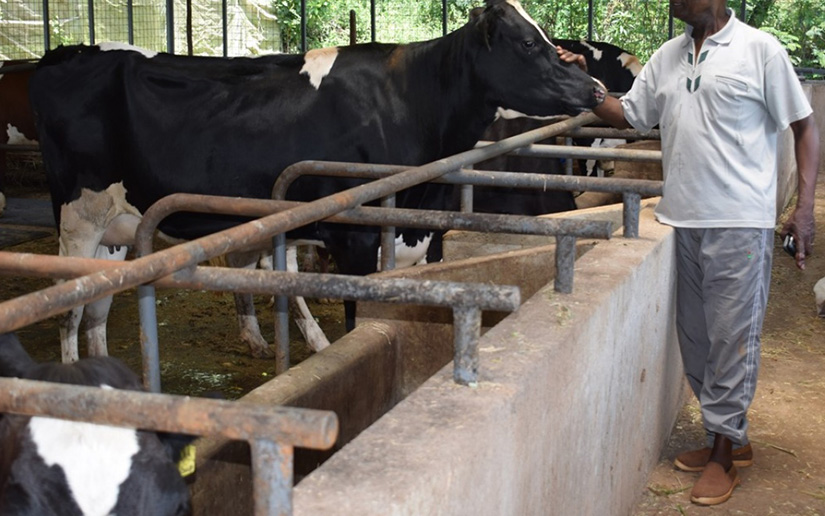
Fold praparation involves finding suitable land for cattle keeping, cattle keepers build forlds according to Their number of their cattle, the more big the fold the more cattle a farmer has.
- GCU offers financial support to farmers who needs to build morden folds.
- Finding livestock specialists who will guide farmers in building morden folds
- Helping farmers to attain better equipments for building folds.
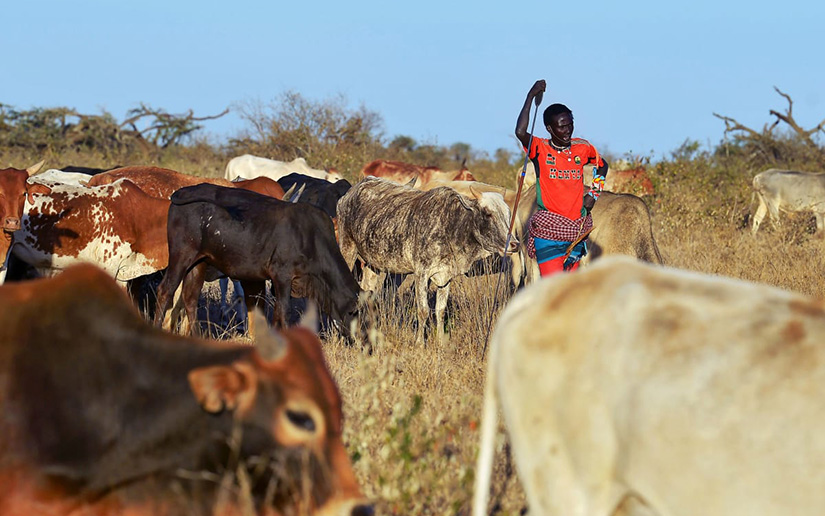
Farmers may employ many different strategies of grazing for optimum production: grazing may be continuous, seasonal, or rotational within a grazing period. Longer rotations are found in ley farming, alternating arable and fodder crops; in rest rotation, deferred rotation, and mob grazing,giving grasses a longer time to recover or leaving land fallow.
- GCU helps AMCOS to attain land for livestock activities
- Help settling disputes between farmers and livestock keepers
- Improving the quality and quantity of livestock feed resources by introducing improved forage crops and improved animal feed management practices, as well as increased access to existing lands appropriate for grazing;
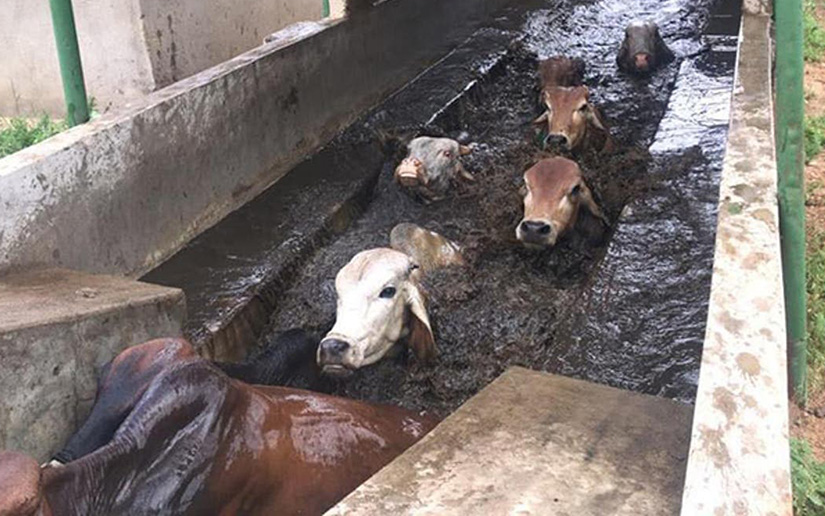
These vats were used to eradicate ticks from cattle and other live stock. The vats were constructed of concrete and were typically 30 feet long, 3 feet wide and 7 feet deep. The vats were generally filled with an Arsenic solution that killed the ticks. It is now known that the solutions used in these cattle-dipping vats are harmful to humans and areas with the vats may have contaminated ground water in their vicinity.
- Helping livestock keepers to have a number of dipp yards trough as possible for wel being of their cattle
- Make sure that Arsenic and DDT needed in dipp yards are present to all AMCOS.
- Make sure livestock specialists are available in time to alll AMCOS.
- Increasing the quality and quantity of animal health services and livestock producers’ access to these services through private and/or private-public partnerships in order to decrease
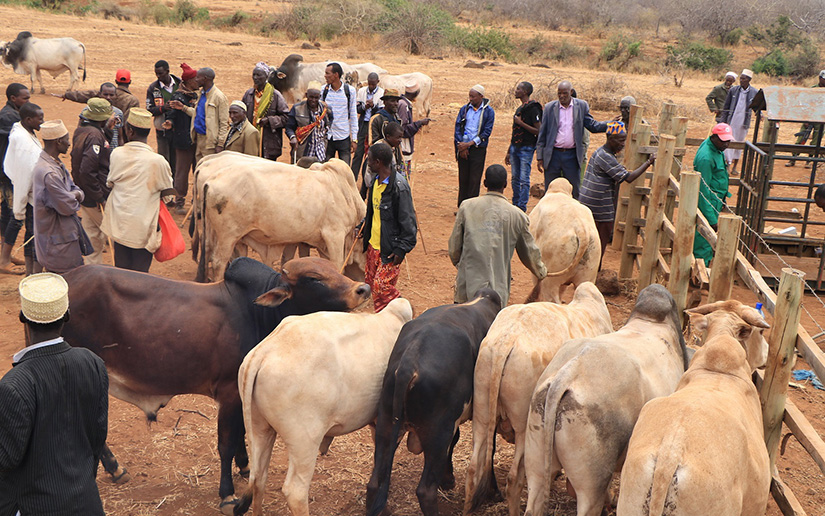
LINKS covers 53 livestock markets, of which 41 are primary markets and 12 are secondary markets. Primary markets are under the management of Local Governments while secondary markets are usually controlled by the Ministry of Livestock and Fisheries Development. Secondary markets are bigger and more regionally integrated, characterized by more centralized and better facilities. Most markets are held once per week while some are held twice.
GCU ensures that:-
- Improving the productivity of indigenous livestock by changing the genetic composition through breed selection by crossbreeding, introducing pure exotic breeds where feasible and through improved animal husbandry interventions;
- Designing and implementing policies and institutional interventions which enable private and private-public investment interventions in animal feed, genetics, animal feed and animal husbandry.












